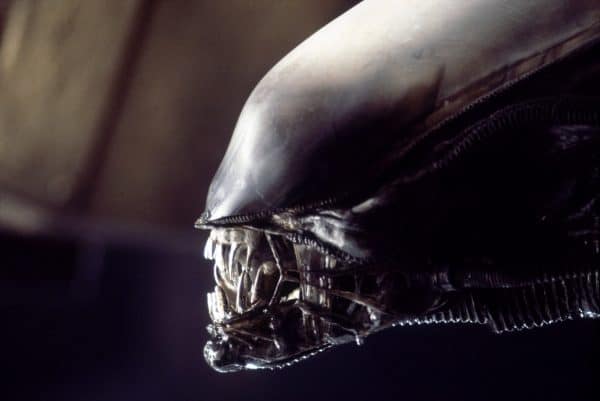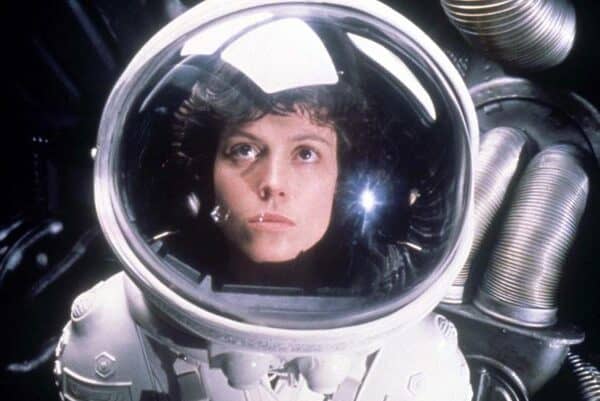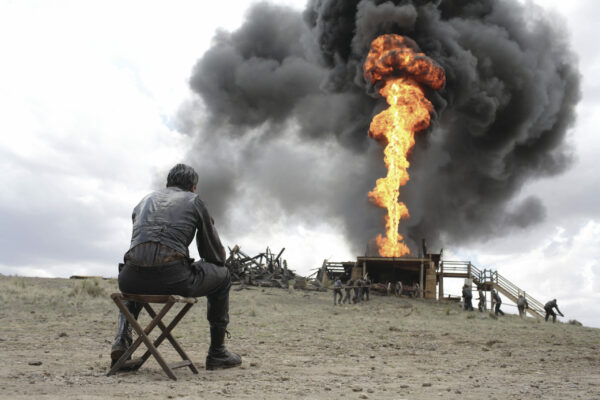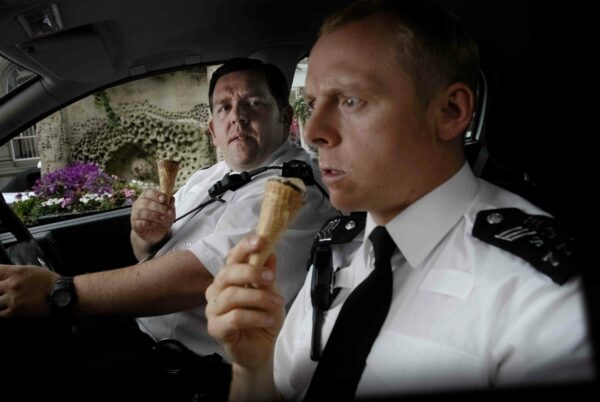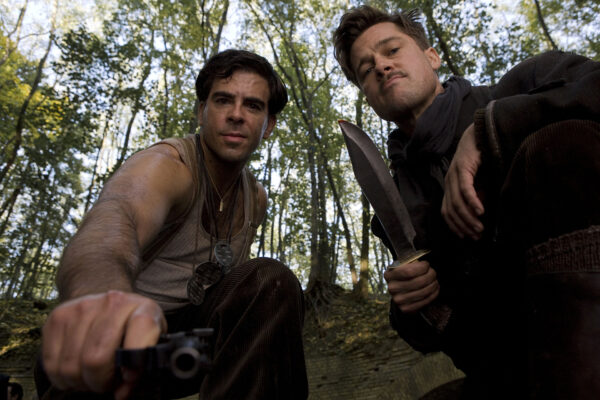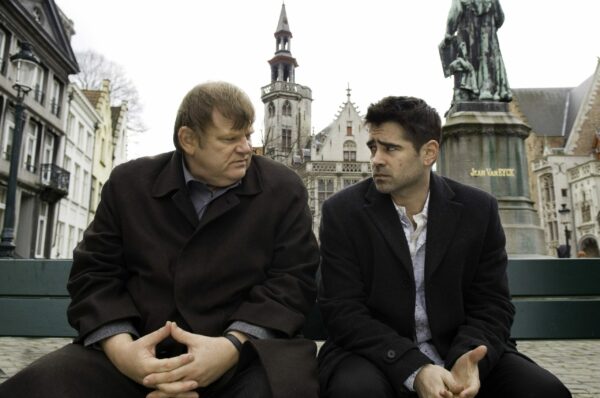
Aliens was released in 1986 and instantly acclaimed as a great science fiction action film. By way of 25 fascinating facts about Aliens, we tell the making of story behind James Cameron’s classic movie.
James Cameron’s follow up to the iconic Alien (1979), Aliens combines jaw-dropping visual effects with rollercoaster-ride storytelling to tell the tale of Ellen Ripley and a group of marines stranded on an alien-infested planet, and established Cameron as one of the great blockbuster filmmakers of all time.
By way of 25 fascinating facts about Aliens, we bring you the behind the scenes tale of Cameron’s science fiction action classic.
1. Sigourney Weaver’s mother features in the film
In the first act of the film, there is a scene where Ripley has Burke look into her daughter, Amy. It turns out Amy had a family and died as an old lady. In Cameron’s original script, the set up with Amy was different, though. Rather than her having died, Amy was alive and Ripley makes contact, but is rejected by Amy, who says Ripley abandoned her by travelling into space.
We see a photograph of Amy. That is a photograph of Sigourney Weaver’s real life mother.
Burke tells Ripley about her daughter, Amy
2. Cameron shot the film out of sequence
Some of the movie’s most memorable sequences are when we meet the team of marines after they awake from hypersleep. Despite them coming early on in the film, Cameron shot all of these scenes last because he wanted there to be a lot of camaraderie between the marines, and thought this would come across more strongly if the cast had spent the last 14 weeks working together.
The cast were also trained by SAS professionals and learned drills, how to handle weapons, and work as a platoon.
The marines prep for their drop
3. A popular line was taken from a classic Hollywood star
In the first act, loudmouth marine Hudons (Bill Paxton) asks tough Vasquez (Jenette Goldstein), “Vasquez have you ever been mistaken for a man?” and she replies “No, have you?” A funny line, and Cameron took it from a classic Hollywood story about Talulah Bankhead, the 1930s acting icon. A newspaper columnist said to her in an interview, “Have you ever been mistaken for a man?” and she replied, “No, darling. Have you?”
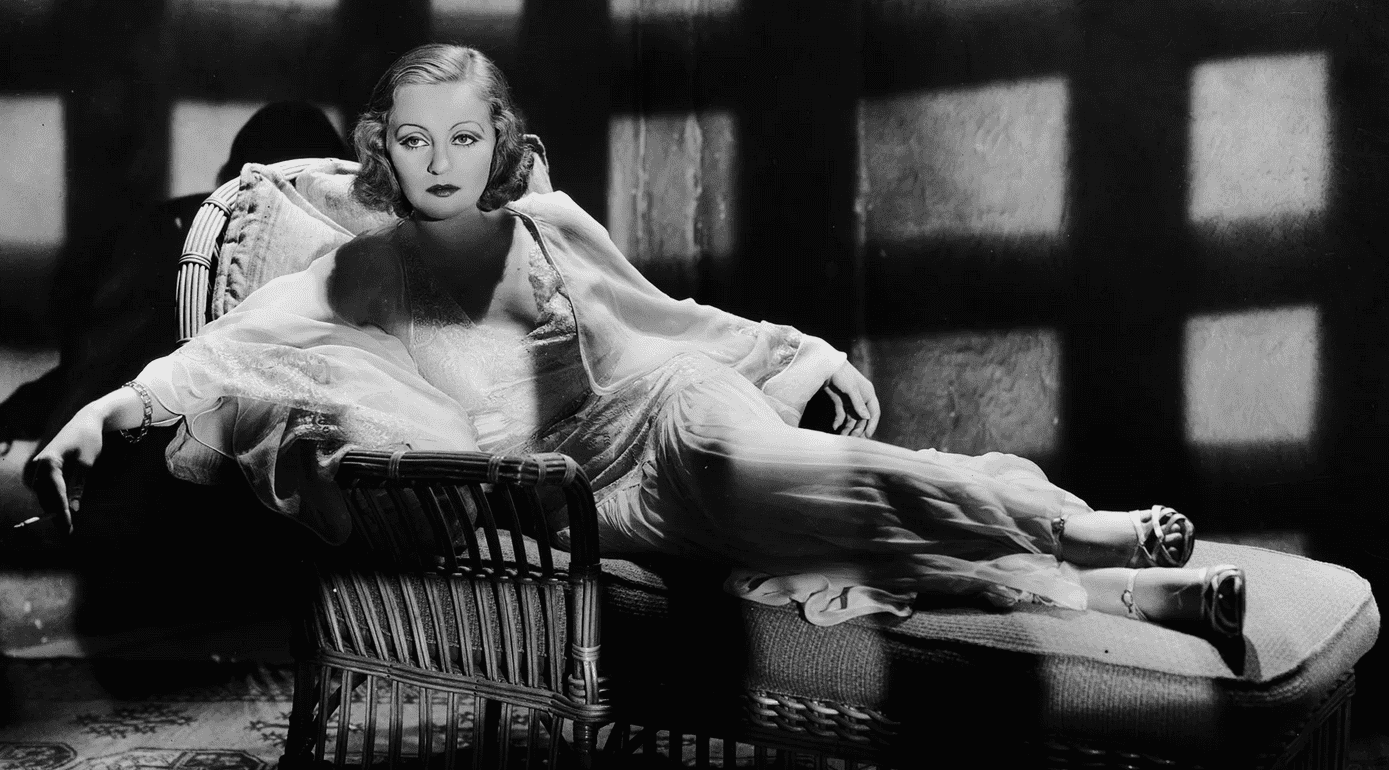
Talulah Bankhead
4. Some mirror trickery helped them save on the budget
When we see the sleeping quarters aboard the marine ship, there are 12 hypersleep capsules. Each capsule cost $4300 to make, so the budget only allowed for 4 to be produced. With some clever mirror positioning though, the crew were able to make it seem there are 12 capsules in total.
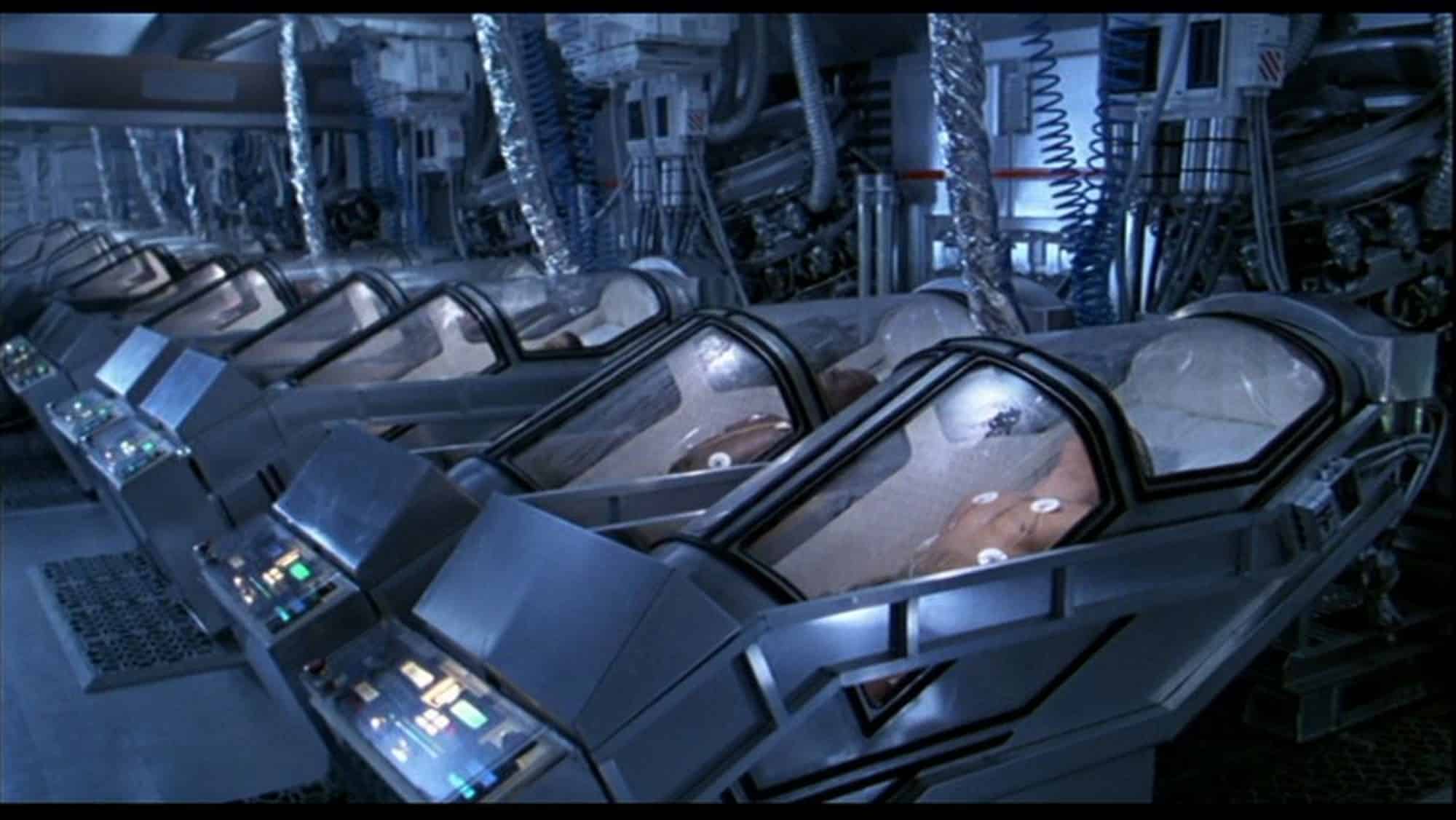
The hypersleep capsules
5. How they pulled off the knife trick
One of the most memorable parts of the movie is when android Bishop (Lance Henriksen) performs a trick by moving a sharp knife between the fingers of Hudson’s hand. Lance Henriksen as Bishop performed it at a slow speed, and the footage was sped up. You can tell because if you take notice of Apone, who’s next to Hudson, he’s laughing and his head is moving far more quickly than looks normal.
The knife trick scene was actually not in the original script. Cameron had the idea on the set. He discussed it with everybody except Bill Paxton (who plays Hudson) as he wanted to get real surprise and shock from Paxton.
Bishop’s knife trick
6. Cameron wasn’t a certainty to get the directing job
Prior to Aliens, James Cameron had worked as a model maker for Roger Corman and as an art director on Battle Beyond The Stars (1980) and Escape From New York (1981).
With the huge success of Alien, Fox were very keen on a sequel but it was delayed until 1983 and, at that time, James Cameron was sending his script for The Terminator (1984) to studios, trying to find writing work. Walter Hill (who was executive producer on Aliens) read The Terminator, and said, “this is our guy.”
When approached, Cameron was immediately interested in writing Aliens. He later said:
“What drew me in was what Ridley set in motion – the creation of a world… a blue-collar future with recognisable characters. I knew I couldn’t outdo it for pure shock but I knew I could do white-knuckle action. That’s where Aliens came from”
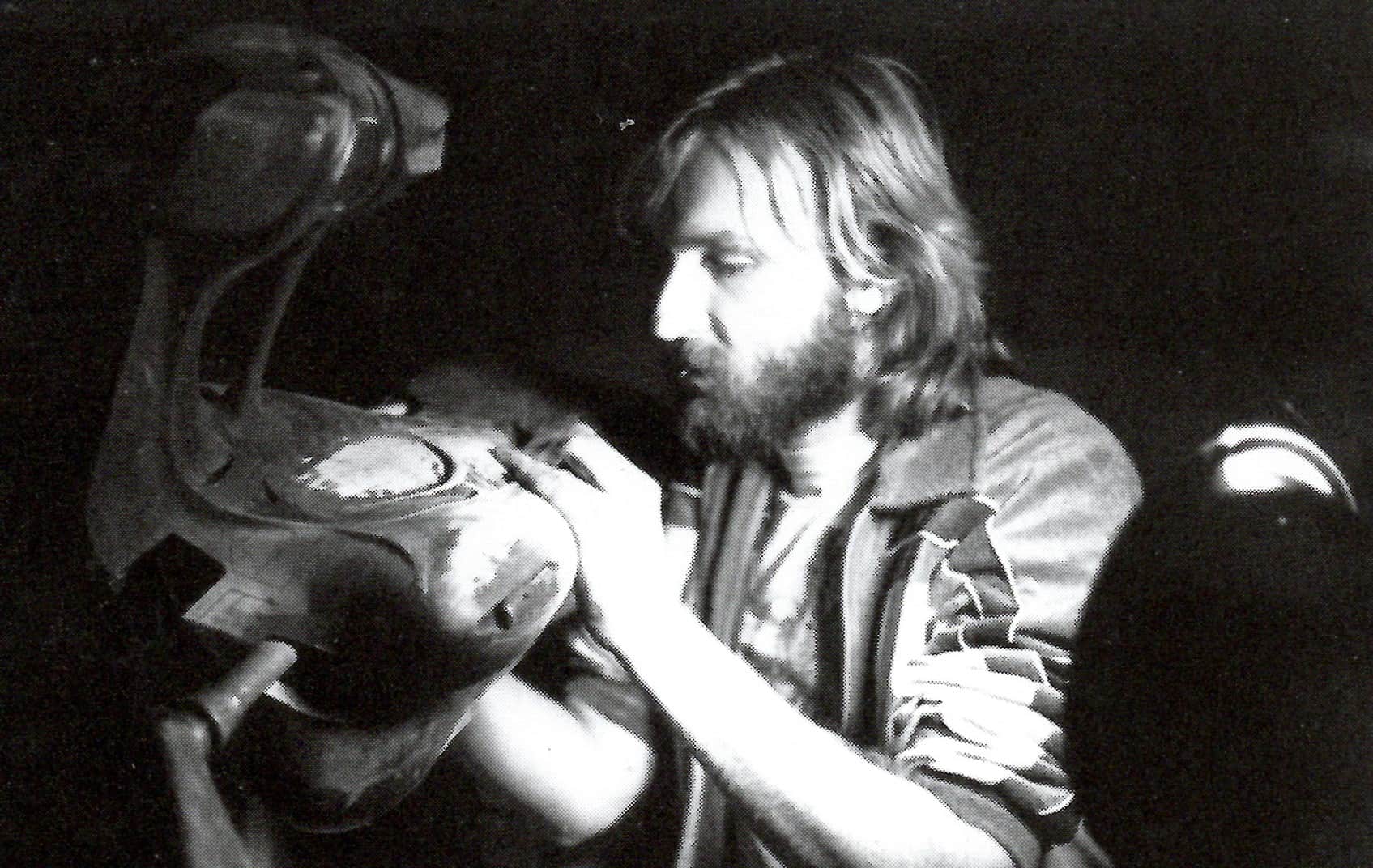
James Cameron working on a model on Battle beyond the Stars (1980)
7. Cameron wrote the script in some downtime on The Terminator
Cameron wrote a treatment for the film, called Alien 2 at this point, but didn’t have time to write the full screenplay because of his packed working schedule on The Terminator. However, the start date for The Terminator was pushed back nine months because Arnold Schwarzenegger had a contractual obligation to make Conan the Destroyer (1984). In that 9 month period, Cameron wrote the screenplay for Aliens.
Then, after The Terminator was released to a fantastic response, the studio hired Cameron to direct Aliens as well.
8. Cameron had major issues with the British crew
Aliens was filmed mainly at Pinewood Studios in England, and Cameron and the mainly British crew did not always get on.
- The crew – in Cameron’s eyes – were lazy. “We despised them and they despised us,” he later said.
- They were working to tight timescales and the crew would stop for breaks several times a day. A lady would come in with a trolley with tea and cheese rolls. One day, Cameron was so incensed that he trashed the trolley.
- The crew would stop work every Friday afternoon for a lottery draw where the winner would take home a prize of about £400. One of the crew running the lottery came up to Cameron with the tin and said, “do you wanna put anything in for the draw, Jim?” Cameron shouted at him, “F*** the Draw!!”
- The crew didn’t respect the inexperienced Cameron on the set and would ignore instructions. Cameron had to fire his Assistant Director – Derek Cracknell – as well as the Director Of Photography, Dick Bush, for refusing to light scenes to Cameron’s briefs.
- To try and convince the crew he had the talent for the job, Cameron arranged a screening of The Terminator for the cast and crew. The cast turned up, but the crew didn’t.
On the final day of shooting, Cameron stood up in front of the entire crew to make what everybody thought was going to be an emotional farewell speech. He said:
“This has been a long and difficult shoot, fraught by many problems. But the one thing that kept me going, through it all, was the certain knowledge that one day I would drive out the gate of Pinewood and never come back, and that you sorry bastards would all still be here.”
9. Sigourney Weaver was hesitant about reprising the role of Ripley, at first
Sigourney Weaver as warrant officer Ellen Ripley is the lynchpin and main lead character from the whole Alien series, but she might not have appeared in Aliens as Weaver was very hesitant about returning at first. She’d already rejected offers from Fox to do Alien sequels, thinking Ripley would be poorly written, and she was rightly proud of Alien and didn’t want to harm its legacy.
Then, however, she read James Cameron’s script, and that changed everything. Weaver was hugely impressed with the quality of Cameron’s writing, and loved the mother-daughter bond between Ripley and Newt and, because of that, she agreed to do the film.
Sigourney Weaver said:
“I liked how Jim managed to convey the rage inside Ripley for what she’d lost, without losing sight of the character as a woman.”
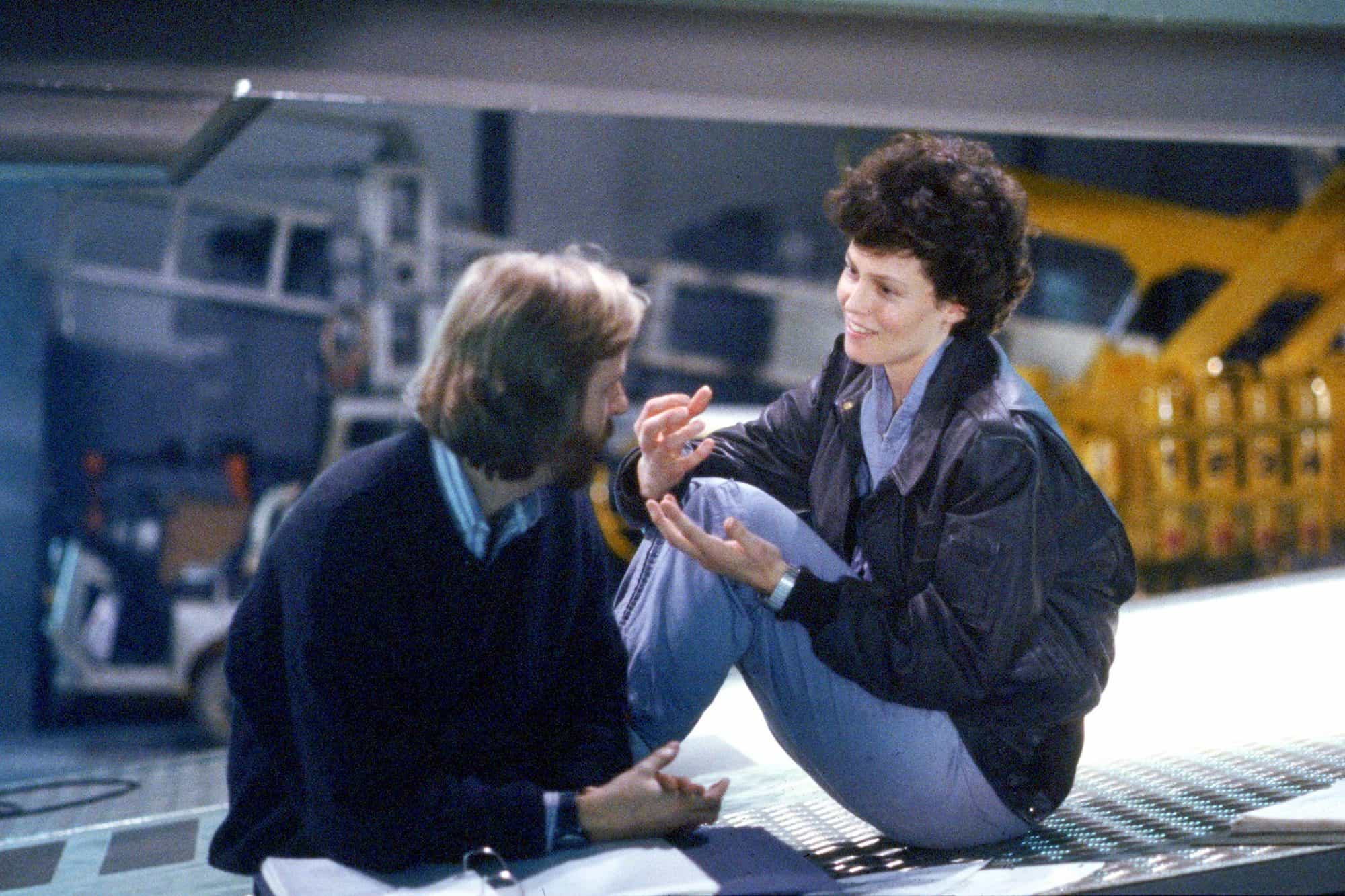
James Cameron and Sigourney Weaver on the set of Aliens
10. Sigourney Weaver’s salary negotiations did not run smoothly, either
There were some further problems though, with how much the studio were willing to pay Sigourney Weaver to return as Ripley. Weaver was paid $35,000 for Alien but that film and then Ghostbusters (1984) had made her a huge star, and she wanted $1 million for Aliens, which the studio refused to pay. Cameron helped her out by, firstly, telling the studio he wouldn’t make the film without her, and secondly, he made it public knowledge that she was the only person in consideration for the lead, putting her in a very strong negotiating position. The studio relented, and Weaver signed on for a $1m fee.
11. Weaver made some changes to the script
Once she was signed on, Weaver made change requests to the script. Mostly they were to do with how her character would react in certain situations, and dialogue. Cameron was happy to accommodate those, but there were two pretty big ones he turned down. They were:
- Weaver didn’t want Ripley to use a gun.
- She wanted Ripley to die in the film. Cameron said no, but Weaver got her way in the next film in the series, Alien 3 (1992).
12. Michael Biehn was not the first person cast as Hicks
One of the most popular characters in the movie, and the only marine who survives until the end, is Corporal Dwayne Hicks, played by Michael Biehn.
Biehn had worked with Cameron before on The Terminator (1984), but was not the first person cast as Hicks. The role originally went to a young actor called James Remar who had starred in The Warriors (1979) and 48 Hrs (1982). Both of those films were directed by Walter Hill, and it was that connection to the Aliens producer which won Remar the part of Hicks. Only a few days into shooting though, Remar was fired by Cameron.
The studio originally put Remar’s departure down to “artistic differences” between Cameron and Remar but, years later, James Remar himself admitted it was because he had a drug problem at the time, and had been caught on-set with a bag of cocaine.
Remar does appear in the finished film, though. In the scene where the marines enter the alien nest, and there is a shot of Hicks taken from behind. The shot is of James Remar, though it’s impossible to tell as his face isn’t visible.
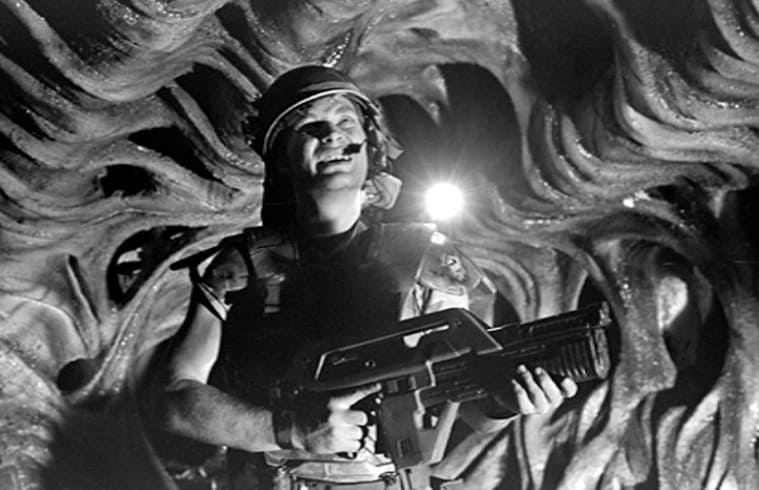
James Remar as Hicks in Aliens
13. Cameron has the perfect person on standby
Luckily for Cameron, after Remar left the production, he had the perfect actor waiting in the wings. Having just worked with Michael Biehn on The Terminator, where Biehn plays futuristic freedom fighter Kyle Reese, Cameron told the studio that was who he wanted to replace James Remar.
Michael Biehn was in Paris at the time, but flown in immediately to re-shoot Remar’s scenes. Biehn said he didn’t find it easy coming to the production late when everybody else had been shooting for a week, and tells a funny story about his first day on-set. He was shooting his frist scene. He did a few takes and Cameron came over and, in front of the cast, said: “Michael, all that stuff that you just did there – all that stuff. That is exactly what I don’t want.”
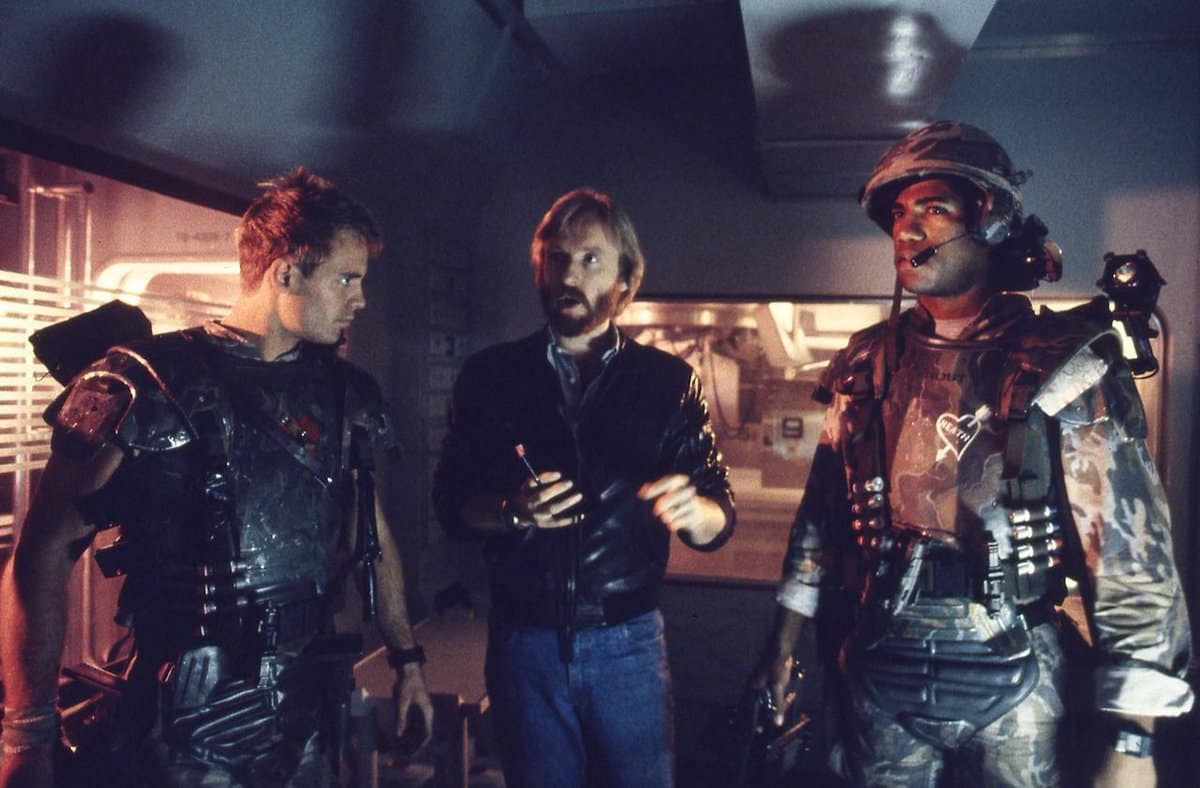
James Cameron, Michael Biehn and Ricco Ross on the set of Aliens
14. There is an interesting deleted scene around Burke
Company man Carter Burke is killed towards the end of the movie when he sneaks away during a gunfight, and comes across a lone alien. That’s the last we see of him in the movie but Cameron did shoot a scene (later removed) that tells us what happened to Burke.
The scene takes place during the sequence where Ripley visits the alien nest to rescue Newt. She comes across a cocooned Burke and, having been fertilised by a facehugger, he says to her, “I can feel it inside me.” Ripley gives leaves Burke with a grenade and moves on.
The deleted scene where Ripley finds a cocooned Burke
15. Lance Henriksen was overwhelmed when he first saw the movie
Lance Henriksen has told a story where, at the premiere, on seeing the movie for the first time, there were so many thoughts running through his head that he said he’d write Cameron a letter about it. He never did send that letter, though so, for a lot of years, Cameron thought Henriksen hated the movie.
16. James cameron has a cameo in the movie
James Cameron sometimes puts himself into his own movies, and Aliens is no different. In the opening scene of the movie we see a salvage team come across the Nostromo shuttle and find Ripley in hypersleep. One of the salavage team members says, “Bio readouts are in the green, looks like she’s alive!” That’s James Cameron’s voice.
James Cameron’s voice in Aliens
17. The chestburster scene was achieved through some practical effects work
Before we see a full-grown alien, the marines stumble into the aline nest and come across a coonist who has been cocooned and fertilised. As they surround her, an alien graphically burtsts out of her chest, killing her.
This was pulled off through some practical effects trickery. The actress’ head was poking out the top of a chest model, and a puppeteer wore the alien on his arm and punched it through the chest. She was then replaced with a full model when they set her on fire.
The chestburster scene in Aliens
18. There were some safety issues during production
The Armoured Personnel Carrier (APC) sequence was the most dangerous in the film to shoot, and Cameron had to deal with some safety problems:
- The moment Drake’s flamethrower sets part of the APC on fire caused problems as it sucked all the air out of the set and the actors couldn’t breathe. Cameron had to have the roof taken off the set so it would ventilate.
- The shot when we see the APC speeding towards camera was problematic, too. Producer Gale Anne Hurd said to Cameron at the last minute, “lets operate the cameras remotely to be sure it’s safe.” They removed the camera operators and the brakes failed on the APC and wiped out the cameras completely. A crew member came in afterwards and asked “is everything alright?” Cameron said “yeah it looks f***ing great!”
The APC shot which destroyed the remotely-operated cameras
19. The facehuggers were a great pratical effect
The facehuggers are more active in Aliens than Alien (1979), as we see them running, jumping, and atacking crew members. Because of the extra mobility, a rubber model wouldn’t do the trick. Stan Winston was the effects supervisor on the film and his team created functional facehuggers, with moveable fingers. The facehugger that runs towards Ripley had a wheel on the bottom and when it was rolled along the floor, its legs would move to look like it was running.
Then to achieve the moment in the medlab where the facehugger runs along the floor, jumps onto the table then attacks Ripley, three shots were required:
- They filmed the facehugger ‘running’ along the floor.
- They filmed pulling it off the table, then played the footage in reverse.
- Then they put the facehugger on the table and pulled it towards camera.
These shots were cut together in editing, with the below results.
A facehugger attacks Ripley
20. The Vietnam war was an influence on the movie
When writing the script and developing the world we see in Alien, one of the major influences on Cameron was the Vietnam War – specifically, the US military in the Vietnam War – and Aliens is full of Vietnam-inspired elements. Some of them are:
- The way the marines look and talk is very reminiscent of how we see marines in Vietnam war movies, full of masculinity and toxicity.
- Cameron had the marine actors personalise their own suits of armour like marines in Vietnam. Hudson has “Louise” written on his (the name of actor Bill Paxton’s wife). Dietrich has “Blue Angel” written on her helmet, which is a nod to the 1930 film The Blue Angel, starring Marlene Dietrich.
- The drop ship was based on an Apache helicopter in the way it looks and the way it moves.
- And Cameron himself has said: “The film can be seen as an allegory to the inability of the superior American firepower to conquer the unseen enemy in Vietnam: a lot of firepower and very little wisdom.”
- Also, Al Matthews, who plays Apone in the film, served as a marine in Vietnam for real.
The marines awake from hypersleep
21. James Horner found Cameron difficult to work with
The music for Aliens was composed by James Horner and, with production deadlines being so tight, he was given only 3 weeks to compose all of the music. Horner was originally told he had 6 weeks and said to Cameron, “that’s a really tight timescale”. Cameron said he would try to get Horner more time, then came back a few days later and said: “Timescales have changed – you now have three weeks.”
In order to hit these tight deadlines, Horner ended up taking parts from previous scores he’d written – mainly Star Trek II: The Wrath Of Khan (1982).
Then, after the strict deadlines imposed on Horner, Cameron re-edited some scenes after Horner had written the music for them, so he had to re-write the music and cues. Horner later said, “tensions with Cameron and Hurd were at fever pitch.”
Despite all of the problems though, Horner was nominated for an Oscar for Aliens for Best Score.
James Horner’s score for Aliens
22. The DP was fired during production
As great as the film looks, it almost didn’t work out that way. The credited Director of Photography on Aliens is Adrian Biddle, but he wasn’t the first person Cameron worked with – that was a cinematographer called Dick Bush. When Bush saw the shooting schedule, he told Cameron instantly that he wasn’t going to make the deadline. Further to this, Bush would not follow Cameron’s instructions regarding composition and lighting, and tended to go his own way, to the immense frustration of Cameron.
Gale Anne Huird has said about this:
“Dick came to us and said. If I can’t do my job. If i can’t shoot it how I want it. And I can’t light it how I want it, then you’d better find another Director of Photography. So we did.”
After Bush was fired, Cameron tried to hire Derek Vanlint, the DP from Alien. Vanlint wasn’t interested, but recommended Adrian Biddle for the job.
23. The Alien Queen was a creative collaboration
There was initially talk of bringing H.R. Giger (who designed the creatures for Alien) back to do more design work. However, Cameron decided against it. There was only one major design to be done, the Alien Queen, and Cameron created her himself.
Cameron passed his designs for the queen over to Stan Winston, and told him what he wanted to achieve. Winston said: “When Jim came to me with this idea of putting two guys inside a giant alien queen suit. I thought, ‘This man is out of his mind.’ Nothing like that had been done before. But I realized if he had imagined it, we could probably do it.”
And do it, they did. Winston and his team built a basic mechanism as proof of concept and, from there, they built the whole creature. All 14 feet of her. Bringing the Queen to life would take 14-16 operators:
- She was supported on a crane arm to move the entire puppet.
- Her body was hydraulically controlled.
- Her legs were operated by puppeteers.
- Her neck was hydraulically controlled.
- The tilt and turn of her head was hydraulically controlled.
- Her face, lips, jaw and tongue were all independently controlled by cables.
Winston called the Alien Queen, “the most complex construction I’ve ever created”
Ripley vs the Alien Queen in the climax to the movie
24. The alien ‘soldiers’ were all practical effects, too
The aliens in the movie were mostly actors dressed in rubber suits. Cameron, though, only had budget for 6 suits. He had to shoot in such a way to give a sense of dozens of aliens, and also not reveal so much of them that we realise they are actors in suits. The editor who helped Cameron achieve this was Ray Lovejoy and he was nominated for an Oscar for Best Film Editing.
Th Stan Winston studio also constructed 8 foot models of aliens, which were used for shots like running the aliens over with the APC, and any shots where we see aliens explode under gunfire. To achieve these ‘explosions’, part of the alien dummy was filled with yellow dye, and another part with chemicals that, when mixed with the dye, would produce smoke. So when the alien exploded it would look like burning acid was released.
Most of the shots where it looks like the aliens are shooting through the air ducts were filmed using a vertical shaft where the camera is at the bottom of the shaft looking up, and the actor is lowered headfirst on a cable.
The ‘exploding’ aliens in the film
25. Creating the power loader was a techincal challenge, too
One of the most iconic images in the film is where Ripley takes on the Alien Queen in the huge power loader. The practical effects supervisor was called John Richardson (he won an Oscar for the film) and he said the biggest challenge was creating the power loader. Again designed by Cameron, the loader took 3 months to build and, to move it, there’s a stuntman concealed inside, behind Sigourney Weaver, that controls the mechanism. So Weaver just reacts to his movements, creating the illusion that Ripley is moving the machine. It was then attached to cranes which would take all the weight of the loader, meaning the stuntman could move and still control it.
Ripley in the power loader
BONUS FACT: Milk and yoghurt was used to create android innards
In the climax of the film, just when we think Ripley, Bishop and Newt have escaped, the Alien Queen reappears. We see acid burn the floor and, a split-second later, the queen’s tail bursts through Bishop’s chest: she lifts him off the floor and rips him in half, causing white liquid to spurt from the android’s mouth.
In order to achieve this, a combination of milk and yoghurt was concocted – this is what we see what emanating from Henriksen’s mouth. There was also a full model replica of Henriksen, built in two halves – a top part and a bottom part. This was hung in the ceiling and, when the model was twisted,the two parts would come apart. Wires were then used to yank the parts in different directions. The model was filled with milk and yoghurt, and that bursts out when Bishop is ripped in half.
The Alien Queen tears Bishop in half
So, there you have it – the making of a modern science fiction action classic by way of 25 fascinating facts about Aliens. Please share on your social platforms, and subscribe to our YouTube channel for lots of great video content.
You may also like...
The beginning of a beautiful friendship
Stay up-to-date with all things All The Right Movies by signing up for our e-newsletter.
